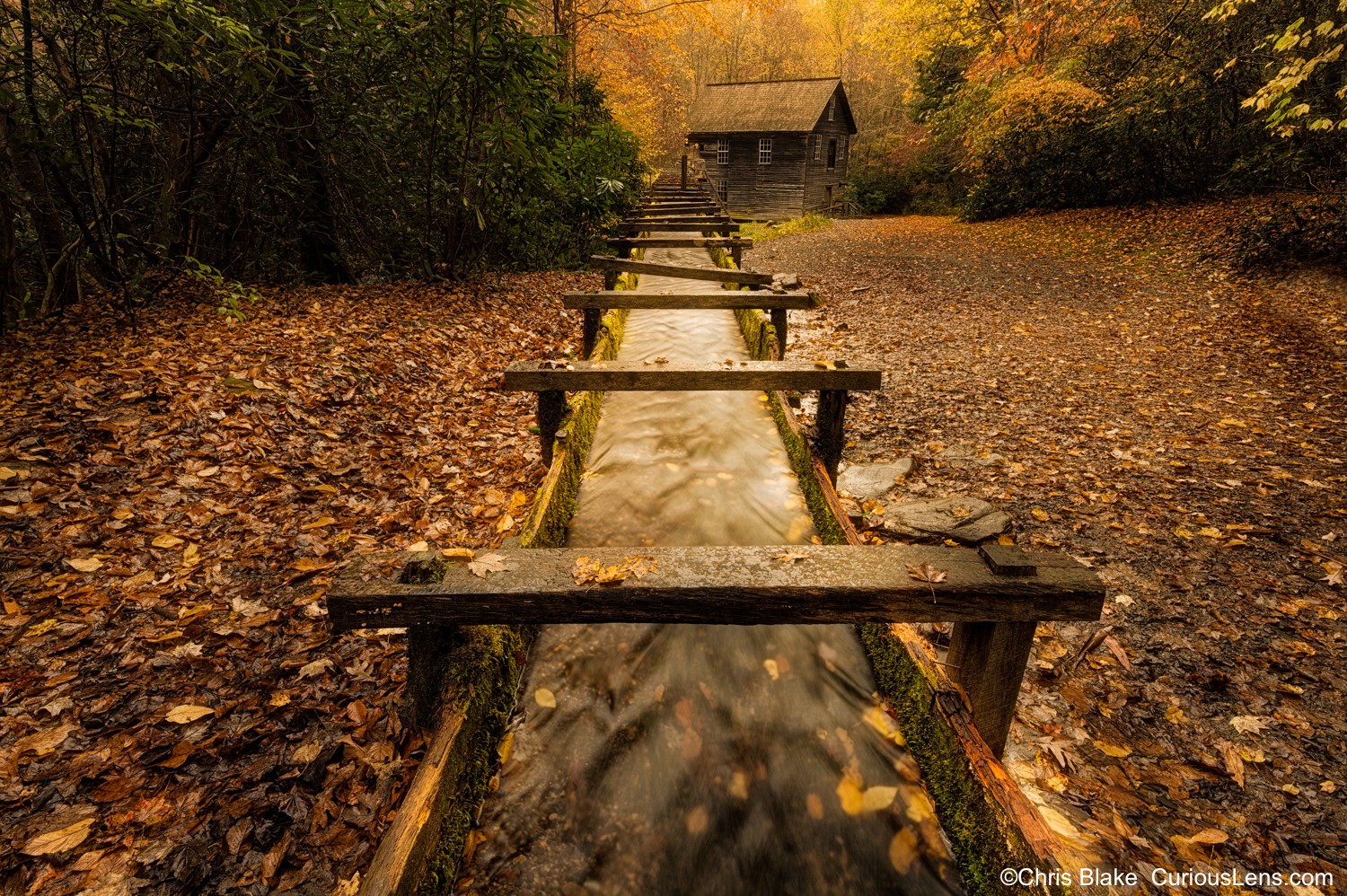In late October 2020, my companion Cameron and I continued our quest for fall foliage by venturing to the Great Smoky Mountains National Park. Our previous endeavors in Colorado and Maine had yielded only modest splashes of autumn color, but our hopes were high for the Smokies.
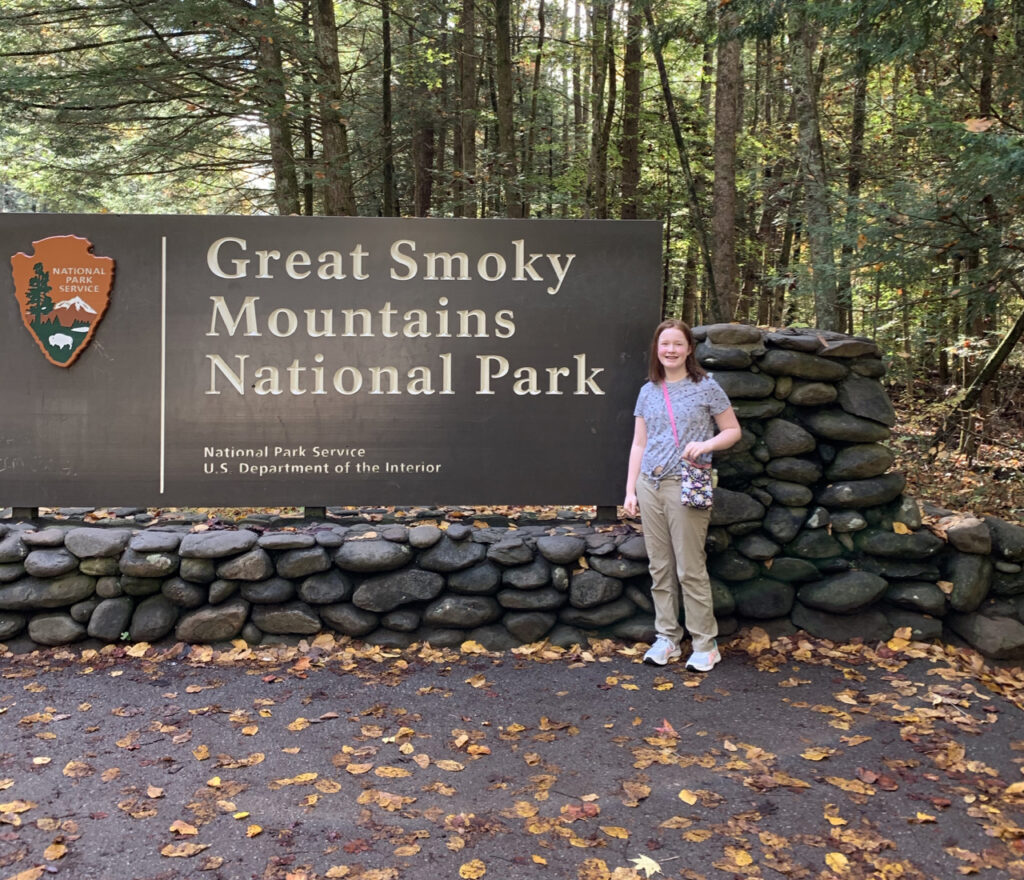

Straddling the border between Tennessee and North Carolina, this expansive park covers 522,419 acres, making it the largest on the East Coast. It’s also the most visited in the entire National Park System, likely due to its accessibility from numerous major cities along the eastern seaboard. Established in 1940 by Franklin D. Roosevelt, the Great Smoky Mountains National Park was pioneering as the first national park financed in part by federal funds, a departure from the usual state or privately funded parks.
Renowned for its fog-enshrouded mountains, cascading waterfalls, and spruce-fir forests, the park is a global icon for biodiversity. It earned a UNESCO World Heritage Site designation in 1983 and was declared an International Biosphere Reserve in 1988. The preservation of numerous historical structures from early settlers adds a rich cultural layer, with Cades Cove being the most frequented spot. Here, visitors can explore well-preserved log cabins, churches, and mills, offering a glimpse into early life in the Smokies.
The park is nestled within the Blue Ridge Mountains, part of the vast Appalachian Mountain chain. It boasts six peaks over 5,000 feet, with Clingmans Dome standing as the highest at 6,643 feet. This peak is not only the tallest in the park but also marks the highest point along the entire 2,192-mile Appalachian Trail. The observation tower at Clingmans Dome, constructed in 1959, offers a spectacular 360-degree panorama of the park.
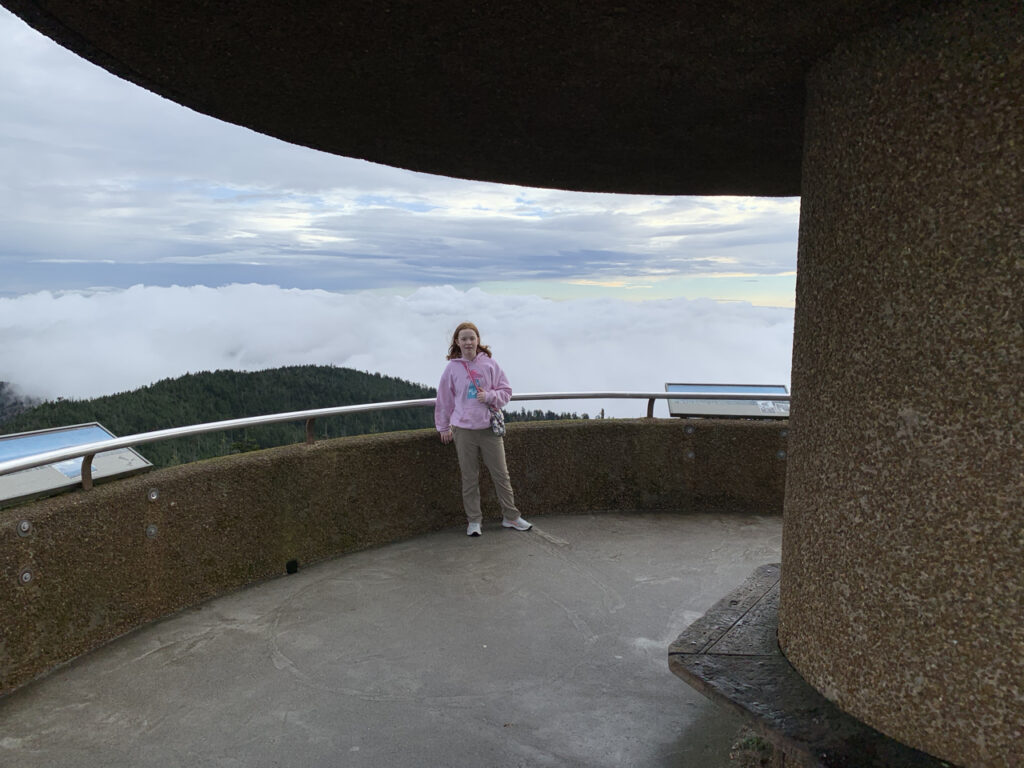
About 95% of the park is forested, with a significant portion being ancient growth predating European settlers. The park’s temperate climate and high annual rainfall foster a remarkably diverse ecosystem, home to approximately 19,000 documented species, with scientists estimating potentially 100,000 more yet to be discovered.
Our adventure began somewhat serendipitously as Google Maps rerouted us through the park due to traffic. We entered via Wear Cove Gap Road, stopping at the historic Little Greenbrier Schoolhouse before driving to Morton’s Overlook for sunset. Although we missed the peak colors of the sunset, the experience was unforgettable.

The following morning, we set out for Newfound Gap Overlook. Positioned at 5,046 feet, it’s the lowest drivable pass in the park. A memorial there honors the significant contribution from the Rockefeller Foundation, which facilitated the acquisition of the park’s final parcels of land. Despite the clouds obscuring our photographic endeavors, the view was still breathtaking.
Attempting to visit Cades Cove later proved daunting; a warning sign indicated a four-hour journey to cover the 11-mile loop, prompting us to turn back. However, we spent the afternoon hiking, visiting waterfalls, and returning to Morton’s Overlook for another sunset obscured by clouds.
On Saturday, we ventured to Cherokee and the scenic Blue Ridge Parkway. Despite rain, the vistas looking back into the park were stunning, showcasing a dramatic interplay of clouds, rain, fog, and mountains. Later, we ascended to Clingmans Dome, emerging above the cloud line for a sublime view. Our attempt to catch the sunset there, however, was thwarted by enveloping clouds.
Determined, we arrived early at Cades Cove the next day, rewarded with spectacular views of low clouds and shimmering morning light over the valley. Our final sunset at Morton’s Overlook was a success, marked by vivid colors and picturesque fog in the valley below.
We concluded our trip with a hearty meal at Calhoun’s in Gatlinburg, savoring local Tennessee BBQ—a perfect end to an eventful journey.
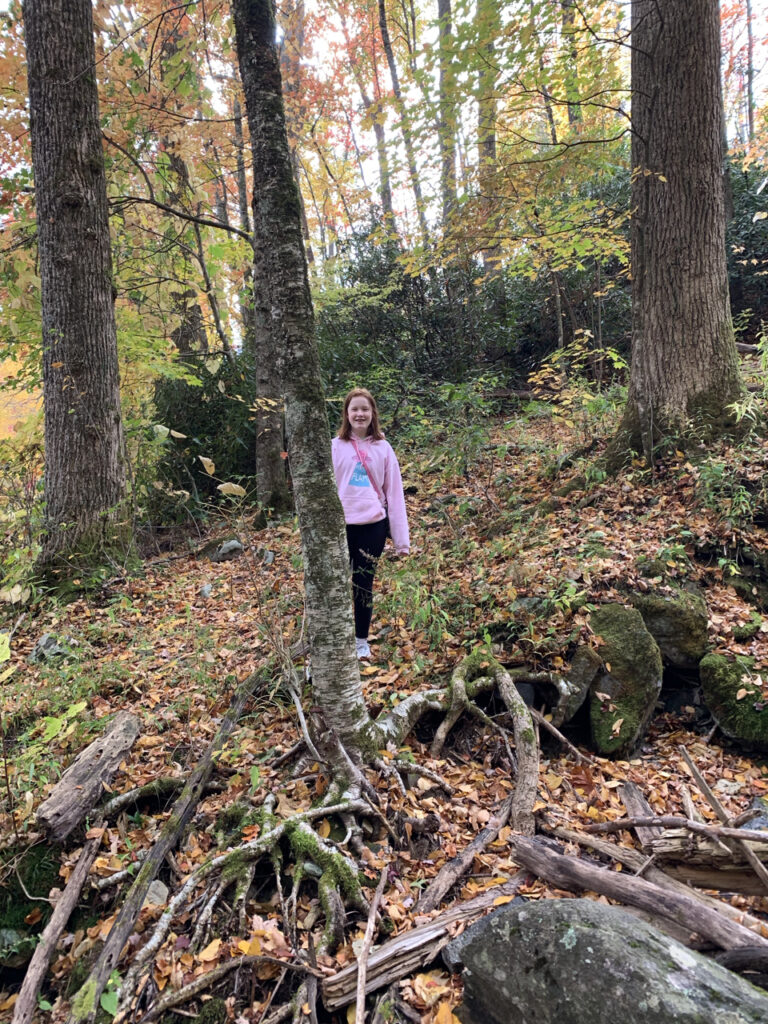
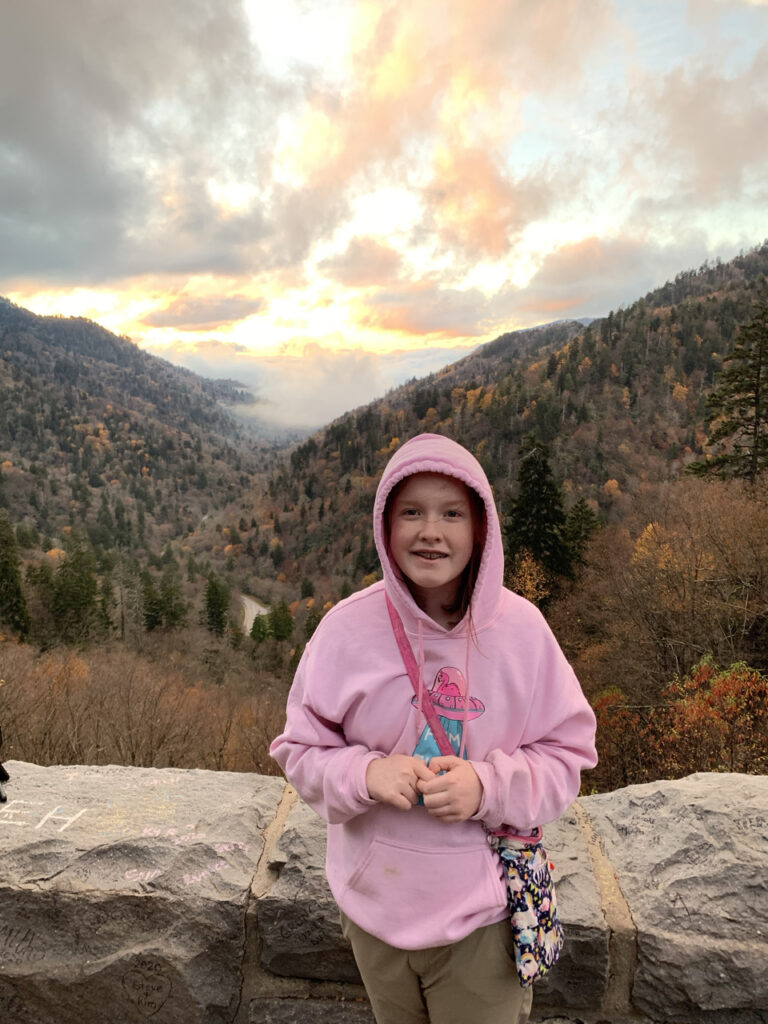
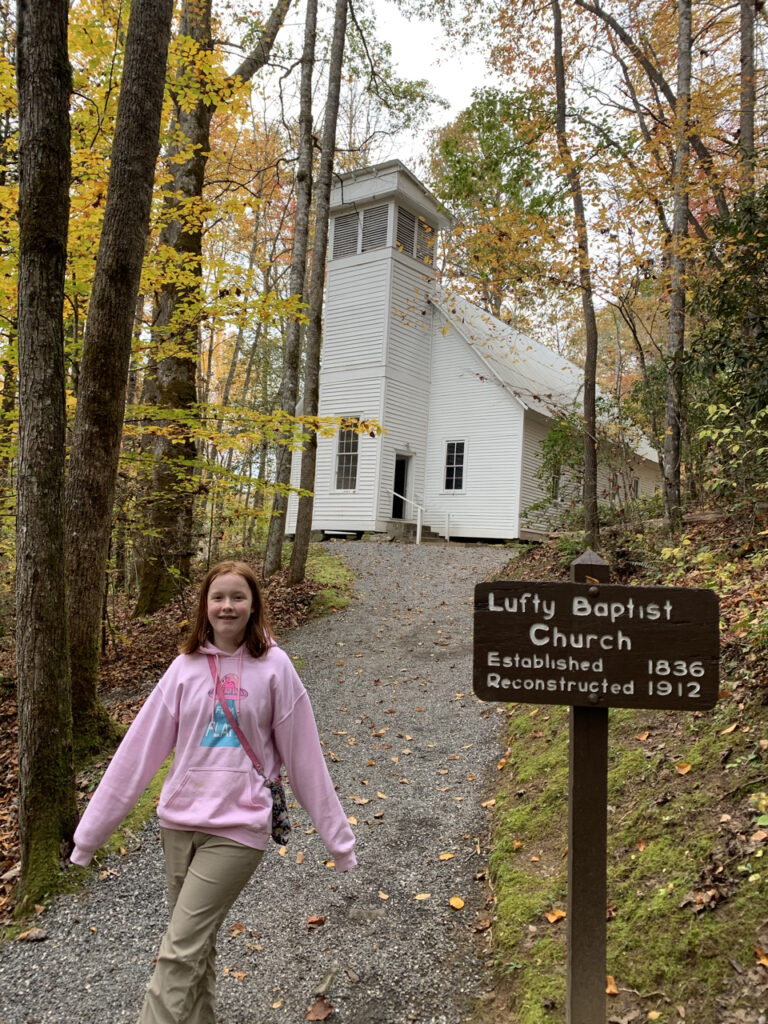


A note on traffic: Peak seasons in July, August, and October can be challenging, with congested roads and long waits for amenities. Planning and patience are essential, especially for capturing those perfect moments in and around the park.
Despite the challenges, we’re already planning our return to this magnificent park, with a list of new spots to explore. Until then, the memories of our Smoky Mountain adventure will linger.
